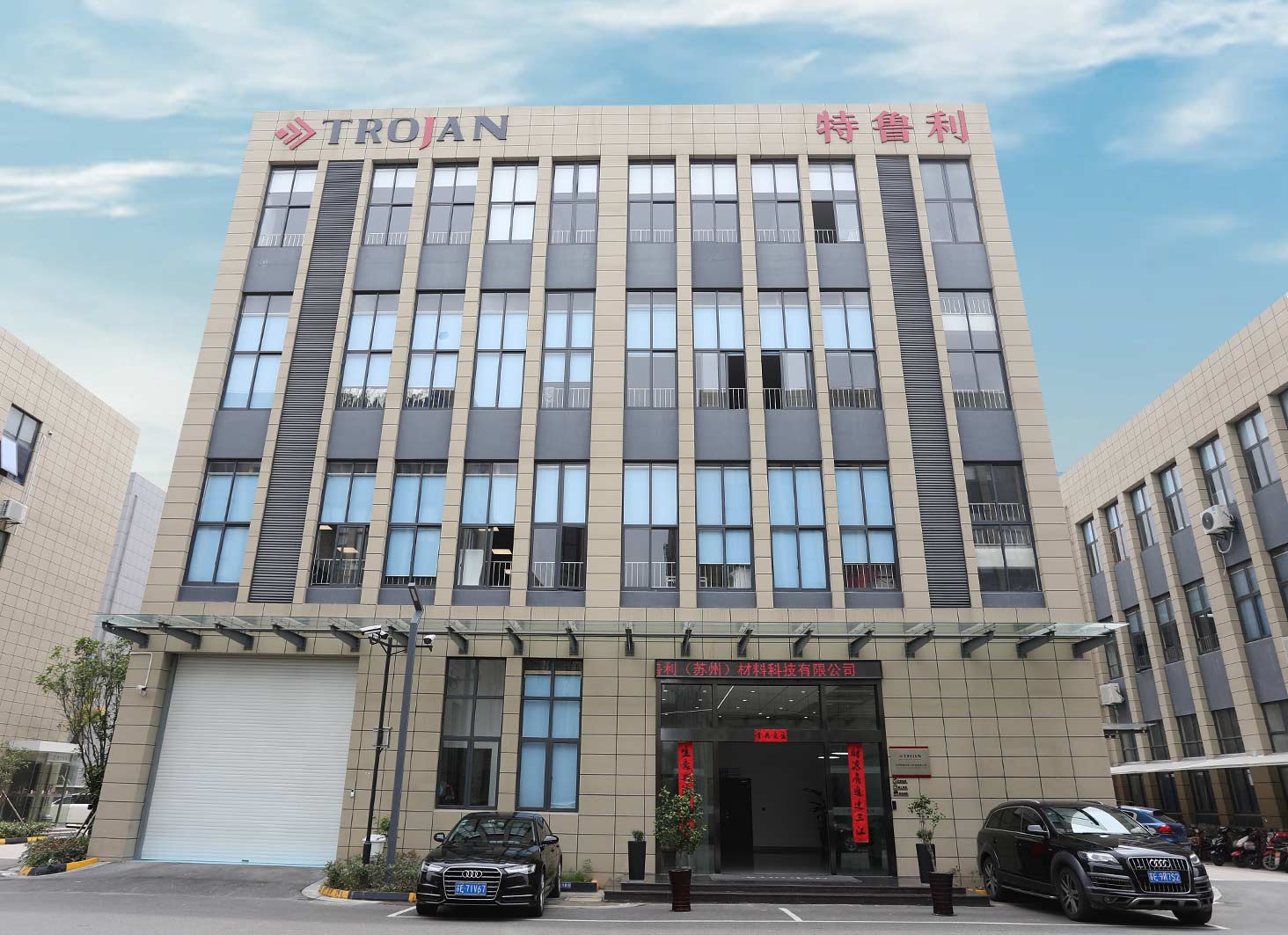We use first- and third-party cookies including other tracking technologies from third party publishers to give you the full functionality of our website, to customize your user experience, perform analytics and deliver personalized advertising on our websites, apps and newsletters across internet and via social media platforms. For that purpose, we collect information about user, browsing patterns and device.
By clicking "Accept All Cookies", you accept this, and agree that we share this information with third parties, such as our advertising partners. If you prefer, you can choose to continue with "Only Required Cookies". But keep in mind that blocking some types of cookies may impact how we can deliver tailored content that you might like.
For more information and to customize your options, click on "Cookie settings". If you want to learn more about cookies and why we use them, visit our Cookie Policy page at any time. Cookie Policy
A metallographic grinding and polishing machine is a specialized piece of equipment designed for metallographic sample preparation. The machine systematically removes material from the specimen surface through abrasive grinding, followed by polishing to achieve a mirror-like finish. The process is critical for accurate microstructural analysis, as any irregularities can lead to misinterpretation of material properties.
The grinding stage employs coarse abrasives to eliminate surface damage and create a flat plane. Subsequent polishing with finer abrasives removes scratches and prepares the sample for etching or microscopic inspection. Modern machines often incorporate automated features to ensure consistency, while manual machines require operator control for each step.
A typical metallographic grinding and polishing machine consists of several critical components:
These components work together to ensure efficient and repeatable metallography sample preparation.
Selecting appropriate abrasive discs is crucial for achieving optimal results. The choice depends on material hardness, required surface finish, and the stage of preparation.
| Stage | Abrasive Type | Grit Size | Purpose |
|---|---|---|---|
| Rough Grinding | Silicon Carbide | 80–240 grit | Rapid material removal |
| Fine Grinding | Diamond or Alumina | 320–1200 grit | Refining surface flatness |
| Polishing | Diamond or Colloidal Silica | 1–0.05 µm | Achieving mirror finish |
Harder materials like steel may require diamond abrasives, while softer metals can be processed with silicon carbide or alumina-based discs.
Operators may encounter several challenges during metallographic specimen preparation:
Proper maintenance and adherence to protocols minimize these issues.
Safety is paramount when working with metallographic equipment for laboratories. Key precautions include:
Following these measures ensures safe and efficient operation.
The choice between automatic and manual machines depends on workload, precision requirements, and budget.
Automatic Grinding and Polishing Machine:
Manual Metallographic Polishing Machine:
Automated systems are preferred in industrial settings, while manual machines remain useful in research environments.
Metallographic grinding and polishing machines are indispensable for metallography testing and material analysis. Understanding their operation, components, and maintenance ensures high-quality specimen preparation. Whether using an automatic or manual system, proper abrasive selection and safety protocols are essential for reliable results. By addressing common challenges and leveraging the right equipment, laboratories can achieve precise and repeatable metallographic evaluations.

What types of grinding and polishing tasks is the alpha-112 manual grinder and polisher best suited for?
The alpha-112 manual grinder and polisher is a versatile and precise tool widely used in various industrial, laboratory, and workshop environments. Designed to provide manual control over grinding and...
Dec 04,2025
Case Sharing: Semipol for Grinding & Polishing of Silicon-Based Chip End Faces
Objective: Grind and polish the chip end face to a mirror finish, ensuring end face perpendicularity and no edge chipping.Key Challenges: Silicon-based chips are brittle, small in size, and difficult ...
Dec 01,2025
Sample Preparation for Failed Power Inductors
The working principle of power inductors is based on Faraday’s Law of Electromagnetic Induction, with the core being the mutual conversion between electrical energy and magnetic energy. Their function...
Dec 01,2025
Polishing Preparation Scheme for Niobium-Based Ceramic Coating Samples
Preparing high-temperature oxidation-resistant ceramic coatings on niobium and niobium alloy substrates is a key surface technology to extend their excellent high-temperature strength for applications...
Nov 27,2025
Preparation Scheme for 316 Powder Metallurgy Stainless Steel
316 powder metallurgy (PM) stainless steel, leveraging its advantages of corrosion resistance, high strength, and near-net shaping, has been widely applied in scenarios such as automotive engine valve...
Nov 26,2025